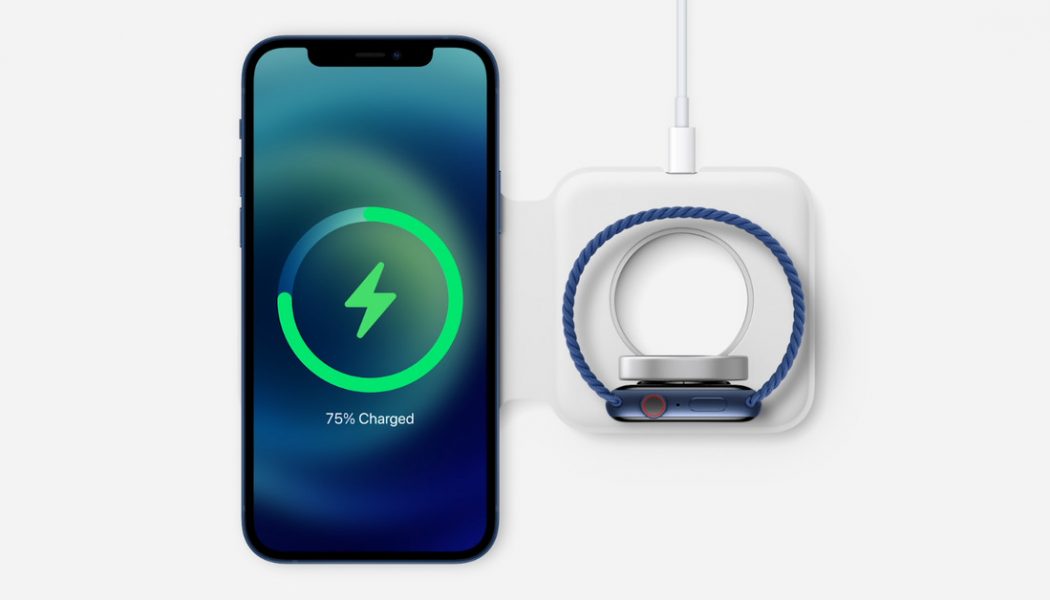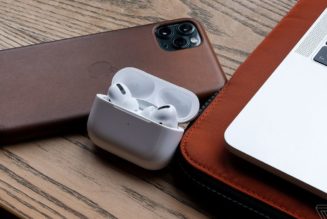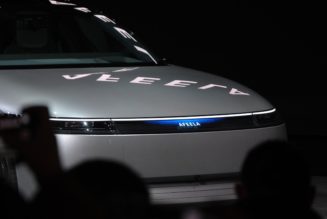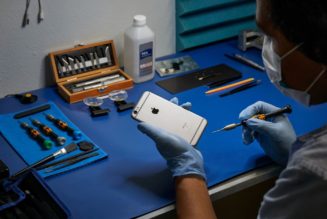
Apple’s new iPhone 12 line will be able to access faster wireless charging speeds of 15W in line with the most up-to-date Qi standard, but there’s a catch: you’ll have to use Apple’s new MagSafe brand of charger or a MagSafe-compatible one from a third-party accessory maker.
Apple reintroduced its MagSafe branding for the iPhone with the announcement of its new smartphone line on Tuesday, and the company now touts a new feature in which “magnets align themselves perfectly every time for faster wireless charging” on its product page. But what Apple didn’t explicitly mention is that only its proprietary MagSafe brand, and not chargers using the general Qi charging standard it’s based on, can use those faster speeds.
Noted on the tech specs page for the new iPhone 12 line is a clearer breakdown that lists 15W for MagSafe charging and 7.5W for standard Qi wireless charging. Every iPhone since the iPhone 8 in 2017 has been capable of wireless charging in accordance with the Qi open standard, but the iPhone has never been able to tap into charging speeds up to 15W — until Apple revived MagSafe, that is.
It’s not clear why this is the case or whether there is a technical limitation or something unique about MagSafe chargers that allows for this. But it does mean that if you want to take advantage of the faster wireless charging in the iPhone 12 line, you’ll need to stick to an Apple-approved charger and not one from a non-MagSafe third party.
The only available option right now is the $39 MagSafe charger Apple is selling on its online store. Belkin and Griffin will have MagSafe chargers, too, but it seems likely that any other third-party accessory maker will need to work with Apple — presumably through its MFi licensing program — to do the same. It’s worth noting that any brand could in theory make a magnetic Qi charger for the iPhone 12. But if the company wants access to the faster charging speeds and the NFC identification system for recognizing accessories, it’ll need to work with Apple.
That ensures Apple maintains hardware control over MagSafe and this faster wireless charging option while also suggesting the company will get a cut of profits on MagSafe products.










